We need your consent to use the individual data so that you can see information about your interests, among other things. Click "OK" to give your consent.
ASTM D5577-94(2010)e1
Standard Guide for Techniques to Separate and Identify Contaminants in Recycled Plastics (Withdrawn 2019) (Includes all amendments And changes 5/9/2019).
Automatically translated name:
Standard Guide for Techniques to Separate and Identify Contaminants in Recycled Plastics
STANDARD published on 1.1.2010
The information about the standard:
Designation standards: ASTM D5577-94(2010)e1
Note: WITHDRAWN
Publication date standards: 1.1.2010
SKU: NS-31729
The number of pages: 5
Approximate weight : 15 g (0.03 lbs)
Country: American technical standard
Category: Technical standards ASTM
The category - similar standards:
Annotation of standard text ASTM D5577-94(2010)e1 :
Keywords:
compression moldings, contaminants, density separations, extrusion, post-consumer plastics, recycled plastics, visual inspection, Chlorinated polymer contamination, Compression-molded plastic specimens, Contamination--plastics, Density separations, Extrusion compounds (plastic), Extrusion melt/flow test, Post-consumer plastics, Recycled plastics, Solvent extraction, Stain 5 test, Visual examination--plastics, ICS Number Code 83.080.01 (Plastics in general)
Additional information
| Significance and Use | ||||||||||||||||||||||||||||||||||||||||
|
Recycled plastic materials may contain incompatible plastic or other undesirable contaminants that could affect the processing or quality, or both, of the plastic prepared for reuse. Techniques to separate and identify incompatible plastics, moisture, chemicals, or original product residues, and solid contaminants such as metals, paper, glass, and wood are essential to the processing of recycled plastic materials. This guide lists existing ASTM and ISO methods plus currently practiced industrial techniques for identification and classification of contaminants in recycled plastics flake or pellets. |
||||||||||||||||||||||||||||||||||||||||
| 1. Scope | ||||||||||||||||||||||||||||||||||||||||
|
1.1 This guide is intended to provide information on available methods for the separation and classification of contaminants such as moisture, incompatible polymers, metals, adhesives, glass, paper, wood, chemicals, and original-product residues in recycled plastic flakes or pellets. Although no specific methods for identification or characterization of foam products are included, foam products are not excluded from this guide. The methods presented apply to post-consumer plastics. 1.2 For specific procedures existing as ASTM test methods, this guide only lists the appropriate reference. Where no current ASTM standard exists, however, this guide gives procedures for the separation or identification, or both, of specific contaminants. Appendix X1 lists the tests and the specific contaminant addressed by each procedure. 1.3 This guide does not include procedures to quantify the contaminants unless this information is available in referenced ASTM standards. 1.4 This standard does not purport to address all of the safety concerns, if any, associated with its use. It is the responsibility of the user of this standard to establish appropriate safety and health practices and determine the applicability of regulatory limitations prior to use. Note 1—There is no known ISO equivalent to this standard. |
||||||||||||||||||||||||||||||||||||||||
| 2. Referenced Documents | ||||||||||||||||||||||||||||||||||||||||
|
Similar standards:
Historical
1.3.2007
Historical
1.9.2011
Historical
1.4.2010
Historical
1.1.2013
Historical
1.11.2008
Historical
1.2.2012
We recommend:
Technical standards updating
Do you want to make sure you use only the valid technical standards?
We can offer you a solution which will provide you a monthly overview concerning the updating of standards which you use.
Would you like to know more? Look at this page.


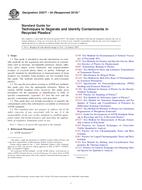
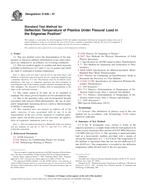 ASTM D648-07
ASTM D648-07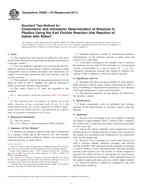 ASTM D6869-03(2011)..
ASTM D6869-03(2011)..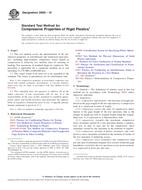 ASTM D695-10
ASTM D695-10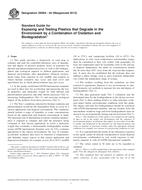 ASTM D6954-04(2013)..
ASTM D6954-04(2013)..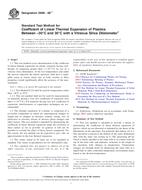 ASTM D696-08e1
ASTM D696-08e1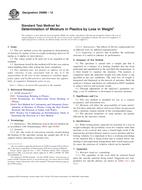 ASTM D6980-12
ASTM D6980-12
 Cookies
Cookies
